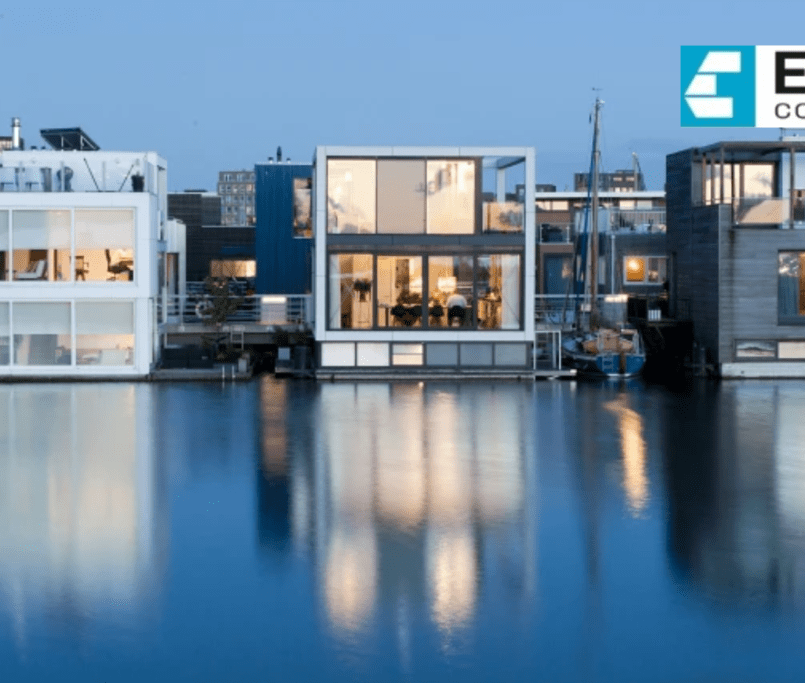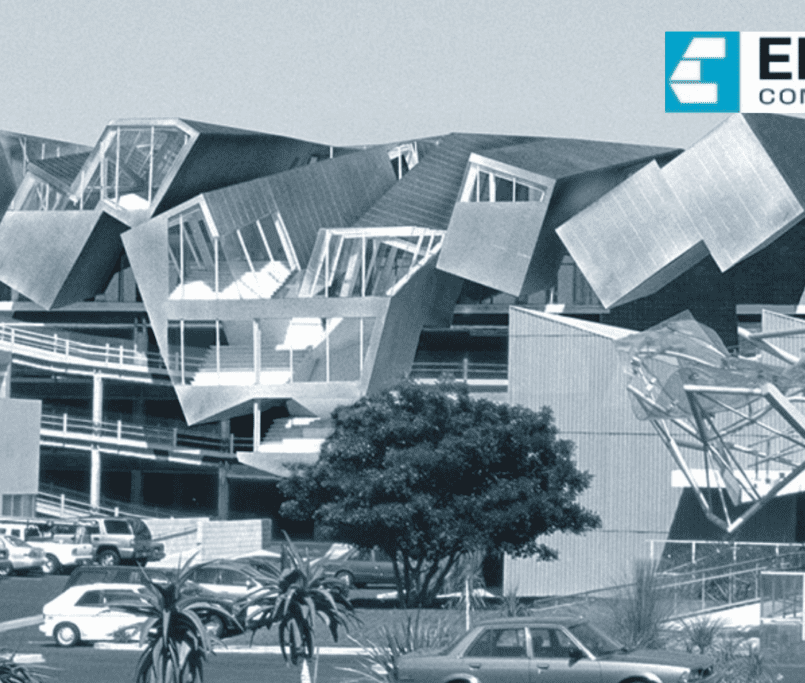Diversity and Inclusion: Creating a Dynamic Culture in Architectural Engineering
In the realm of architectural engineering, the pursuit of excellence transcends the mere construction of buildings; it extends to fostering diverse perspectives, embracing inclusivity, and creating a vibrant culture that thrives on innovation. The fusion of diverse talents, experiences, and ideas within architectural engineering not only enriches the profession but also propels it toward groundbreaking achievements.
At its core, diversity in architectural engineering encompasses a multitude of dimensions. It spans beyond race, gender, and ethnicity, encompassing differences in backgrounds, cultures, thoughts, and expertise. Embracing this diversity lays the foundation for a dynamic environment where varied perspectives converge to drive creativity and innovation.
Architectural engineering, by its very nature, is a collaborative field that requires a synthesis of disciplines, ideas, and approaches. A culture of inclusion ensures that every voice is heard, valued, and integrated into the collective tapestry of design and engineering. It’s about fostering an environment where individuals feel empowered to express their unique viewpoints, contributing to a richer creative process.
Moreover, diversity and inclusion in architectural engineering go hand in hand with innovation. The convergence of different perspectives fosters a breeding ground for fresh ideas, novel solutions, and groundbreaking designs. When diverse minds collaborate, they bring forth a plethora of innovative concepts that challenge the status quo and push the boundaries of what’s achievable in architectural engineering.
Beyond fostering innovation, a diverse and inclusive culture in architectural engineering also addresses societal needs and aspirations. Designs that reflect the diverse needs of communities and users can only be crafted when a diverse array of voices contributes to the decision-making process. Inclusive design practices ensure that spaces are accessible, welcoming, and cater to the requirements of a wide range of users.
Creating a dynamic culture of diversity and inclusion in architectural engineering involves intentional efforts. It starts with cultivating an environment that celebrates differences, encourages open dialogue, and actively seeks out diverse perspectives. Initiatives such as mentorship programs, diversity training, and outreach efforts to underrepresented groups play a pivotal role in fostering inclusivity.
Furthermore, leadership commitment is crucial in driving the transformation toward a more diverse and inclusive architectural engineering landscape. Leaders who champion diversity and inclusion initiatives within firms and educational institutions pave the way for a culture that nurtures and embraces the strengths of every individual, irrespective of their background or identity.
In conclusion, diversity and inclusion are not merely buzzwords but the cornerstones of a progressive and dynamic culture in architectural engineering. Embracing diversity unlocks the potential for innovation, fosters creativity, and ensures that designs reflect the diverse tapestry of our society. By cultivating a culture where every voice is heard and valued, the architectural engineering profession can achieve new heights of excellence and relevance in an ever-evolving world.
Disclaimer: This content is provided solely for your review. Erusu Consultants takes no liability for this article. The reader is advised to form their own opinion. Please consult a Structural Engineer before making any final decisions.






